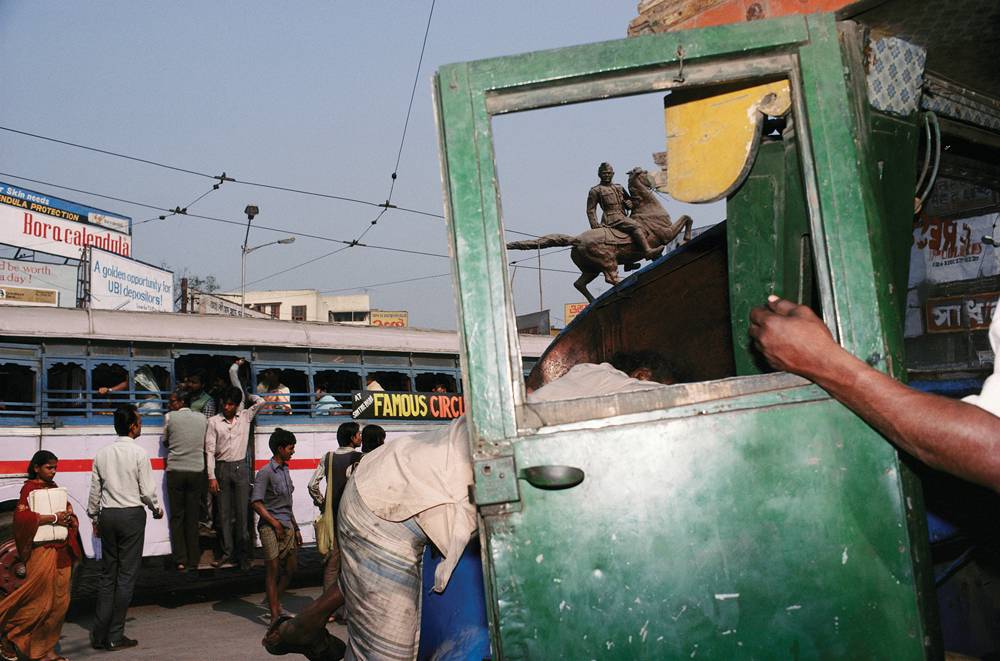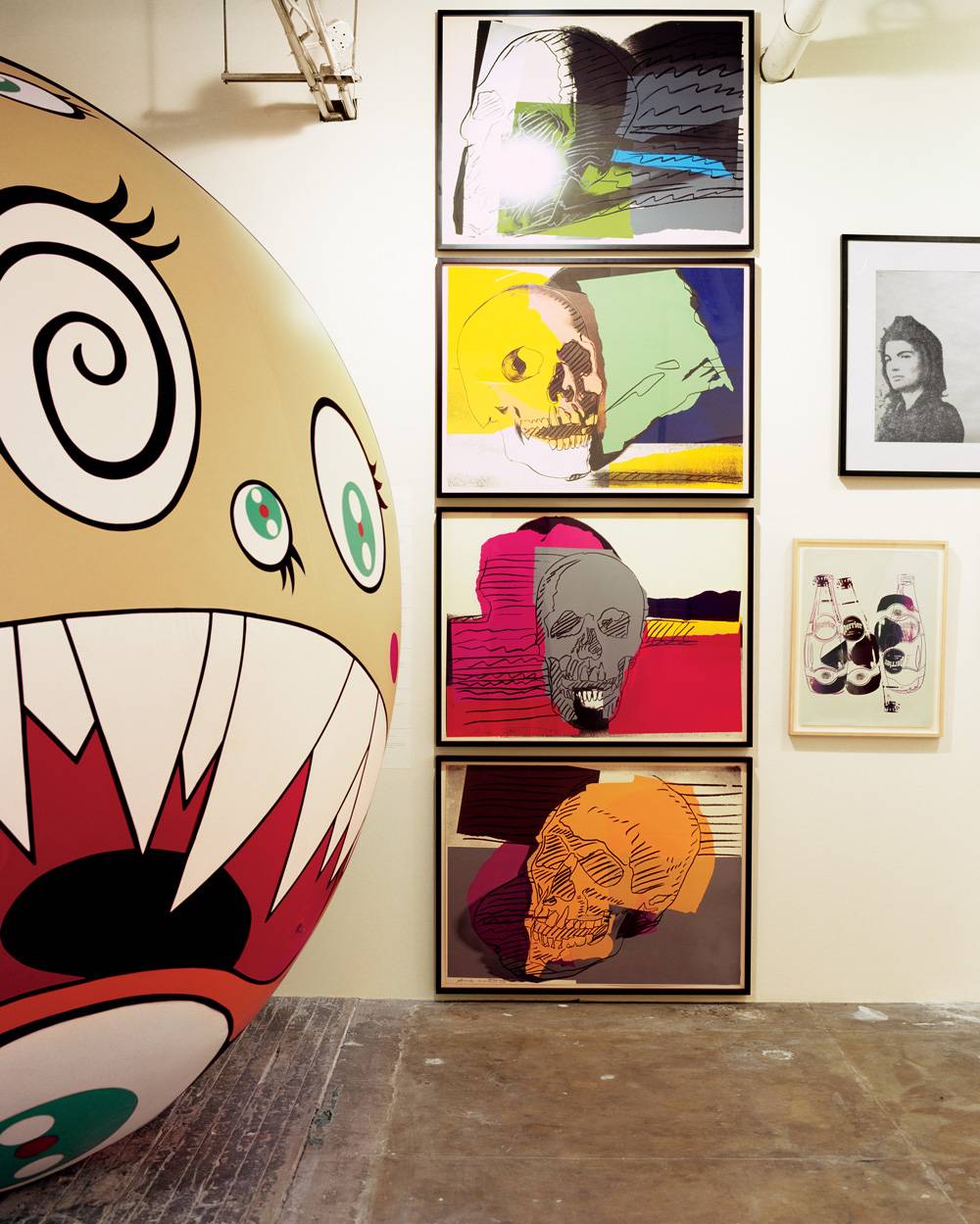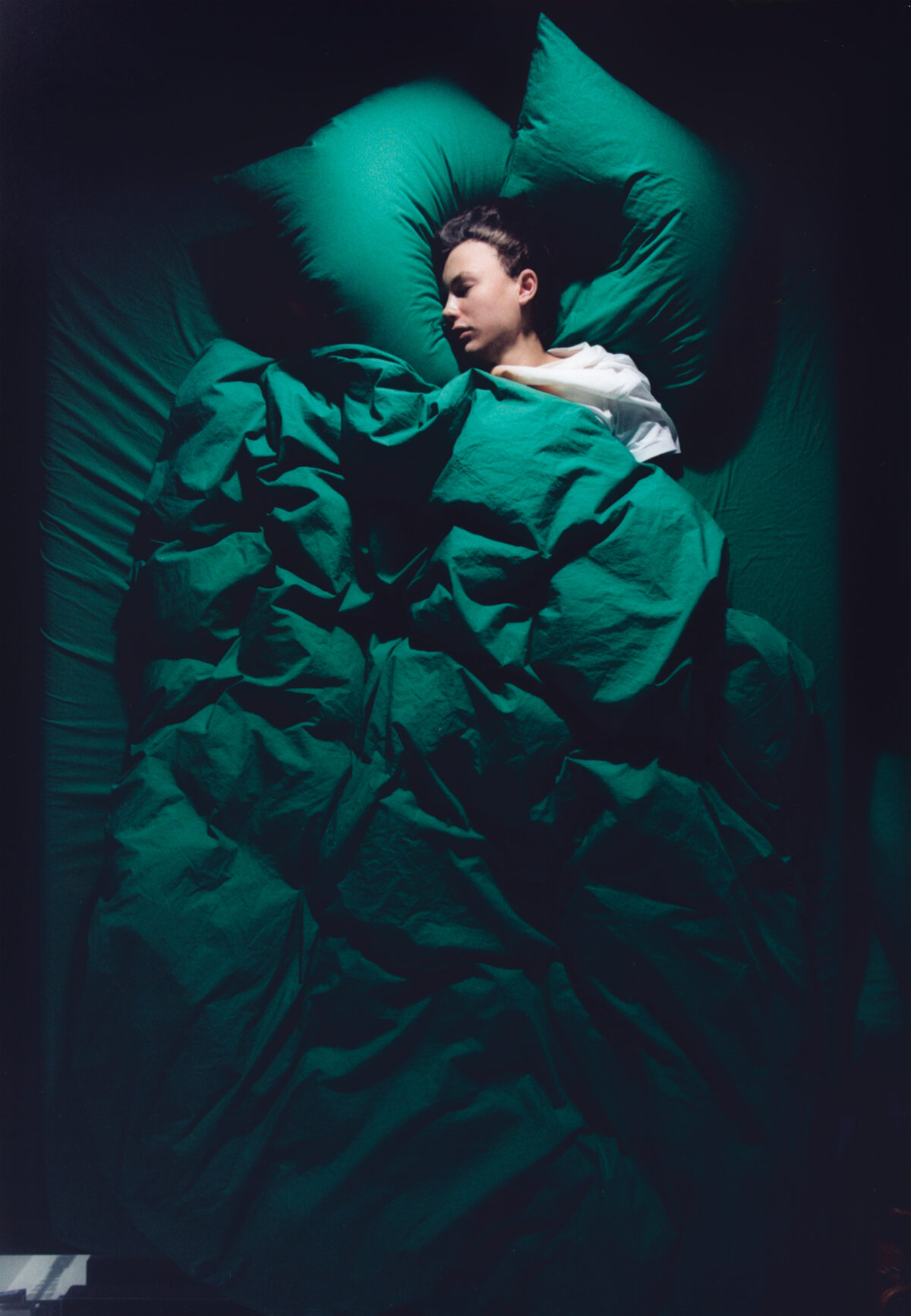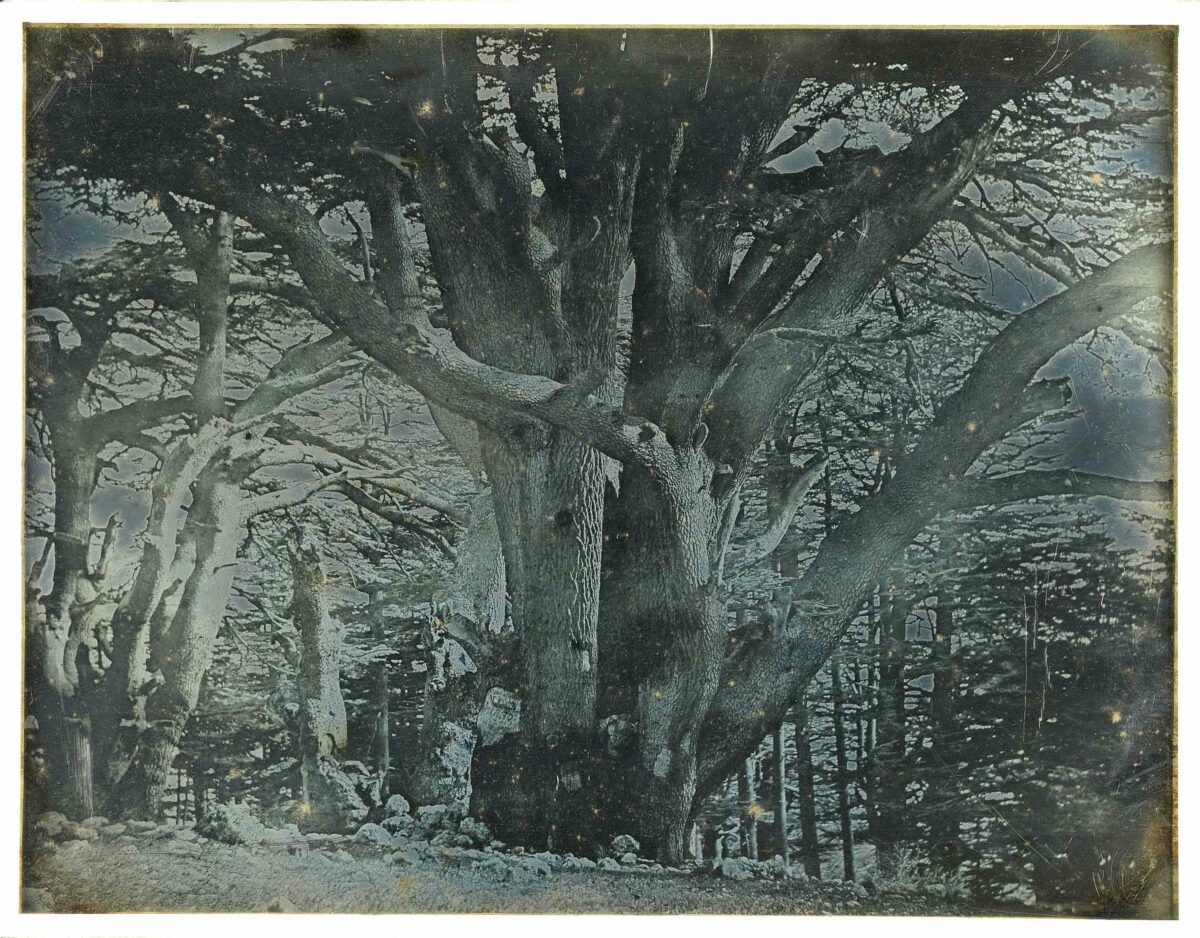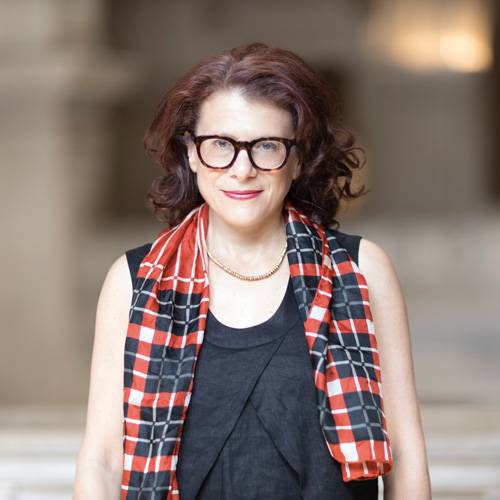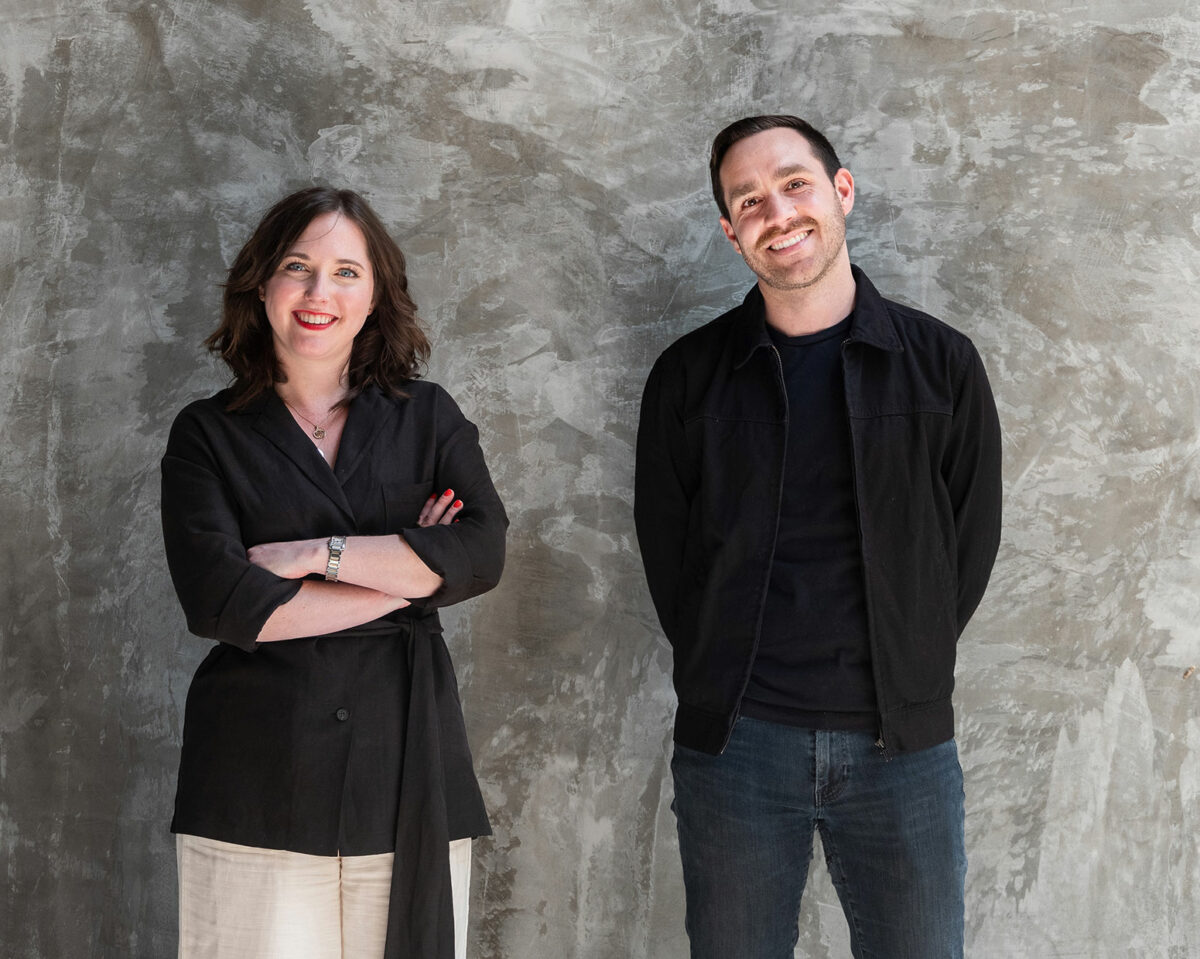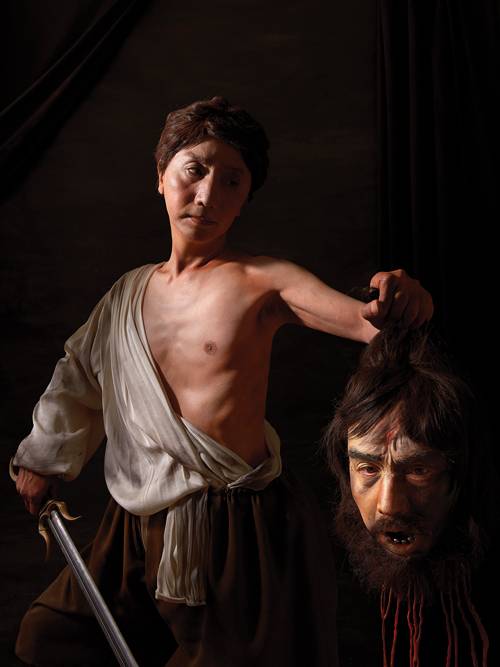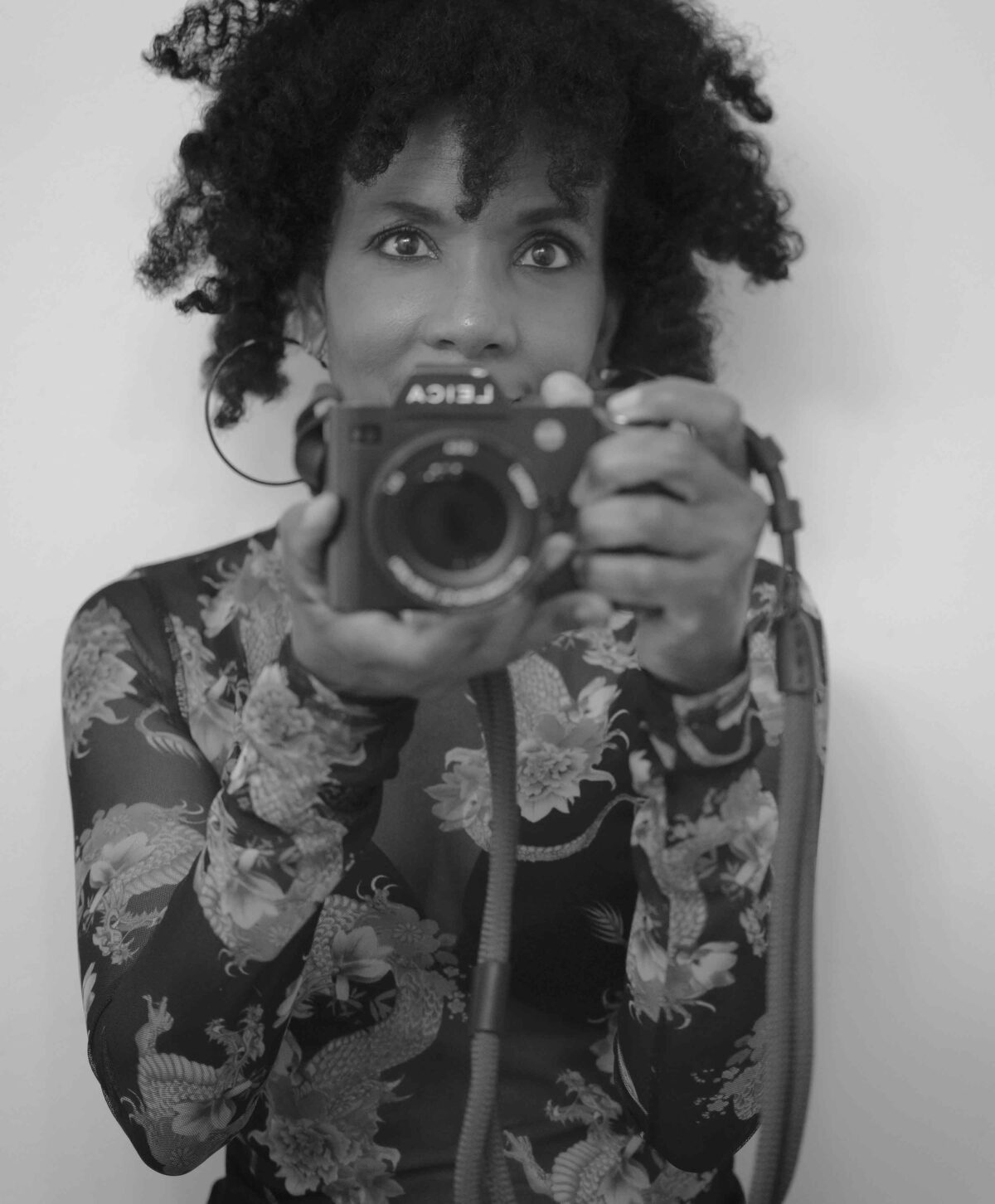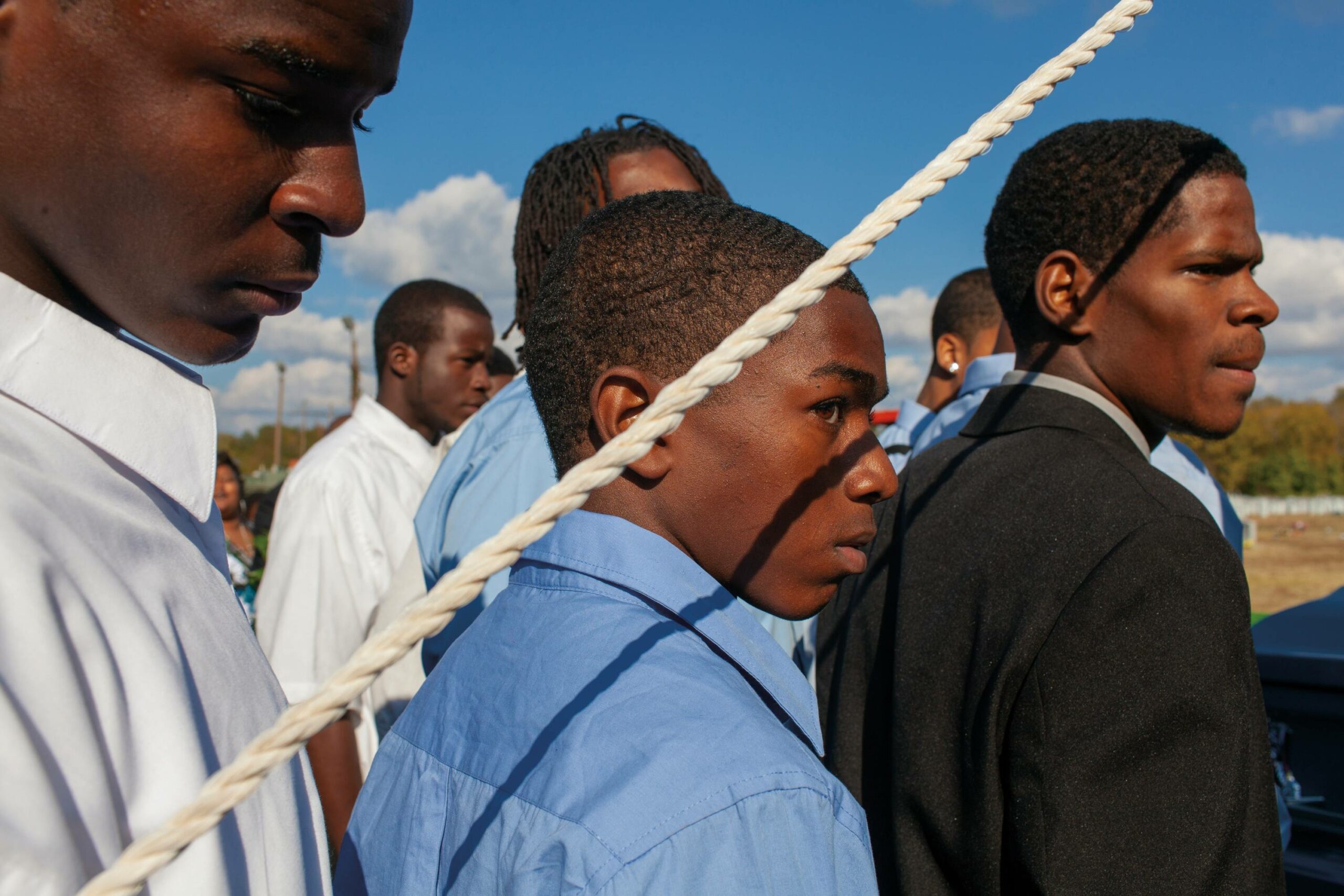

Over the years – 2010 to 2017 – that Matt Eich chronicled life in the Baptist Town neighborhood of Greenwood, Mississippi, perceptions of what is at stake for our nation polarized and narrowed, as racial and class divides widened. To scrutinize the cultural landscape beyond the boundaries of one’s own familiar silo, as Eich did, a white photographer from Virginia, immersing himself in the African-American community of another state, has become more necessary and urgent than ever, even as it has become potentially more fraught. In the endnotes to his 2018 book, Sin & Salvation in Baptist Town (Sturm & Drang), Eich acknowledges the inherent audacity of his outsider’s trespass, but the work, made in the venerable humanistic documentary tradition, more than redeems itself. Tender, respectful, intimate, the pictures feel as much like an exercise in listening as in looking.
In each of the dozen color images in the show (on view at jdc Fine Art through February 28), as in the series as a whole, details of gesture and expression yield a sense of the social condition and emotional texture of everyday life in Baptist Town, the reciprocal forces connecting people to place. Eich shoots as often in private as in public spaces. Quan waking up (2011) is a portrait of sensual languor, the young man’s body arcing across a busy mismatch of sheets. A subtle visual disruption or disjunction appears in many of the pictures, hinting at deeper unrest. In Quan waking up, it’s the splotches of what look like blood on the front of his t-shirt. In Butta’s funeral (2010), it’s the white rope that slashes diagonally across the scene, a cancellation mark casting a portentous shadow across the youngest face in the crowd of mourners for an 18-year-old shooting victim.


Faith and family have an honored place in this rich, fragmented narrative. Eich witnesses the baptism of a small child in the mint green tub of a church, and the rhyming bent backs of young and old gardeners in a prolific backyard plot. Both pictures offer uplift against the weight of violence that permeates others. As a storyteller, Eich has tight command of setting, character, and composition, and openness otherwise, as to how these lives in this particular place play out. His work is earnest and avoids any kind of sociological overdetermination. If Eich has an agenda, it’s an irrefutable one – to gently stretch our capacity for empathy.

